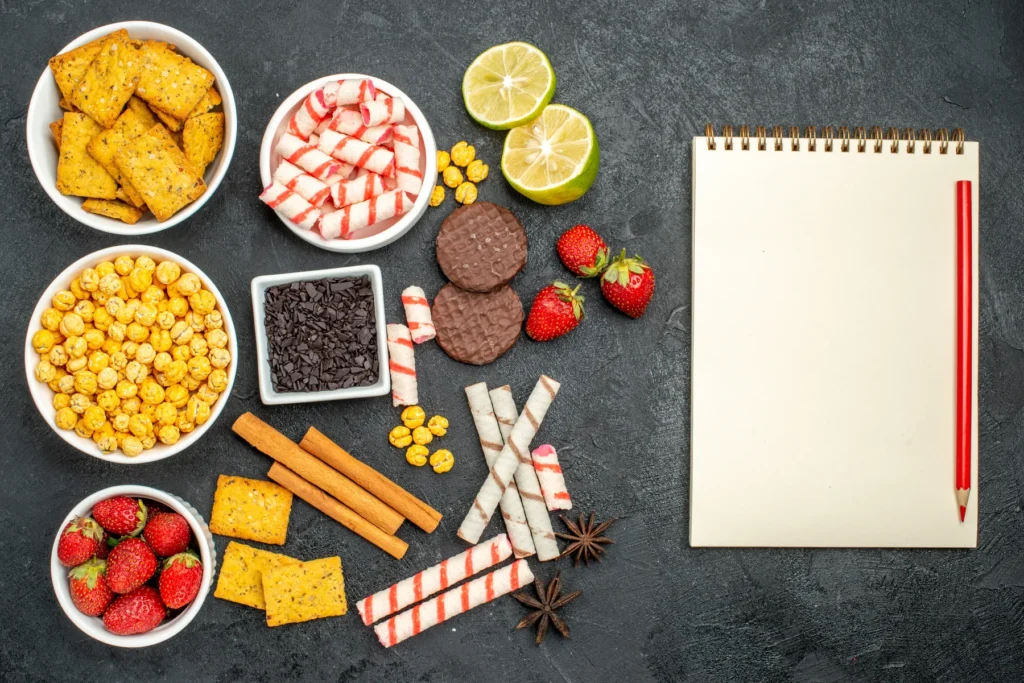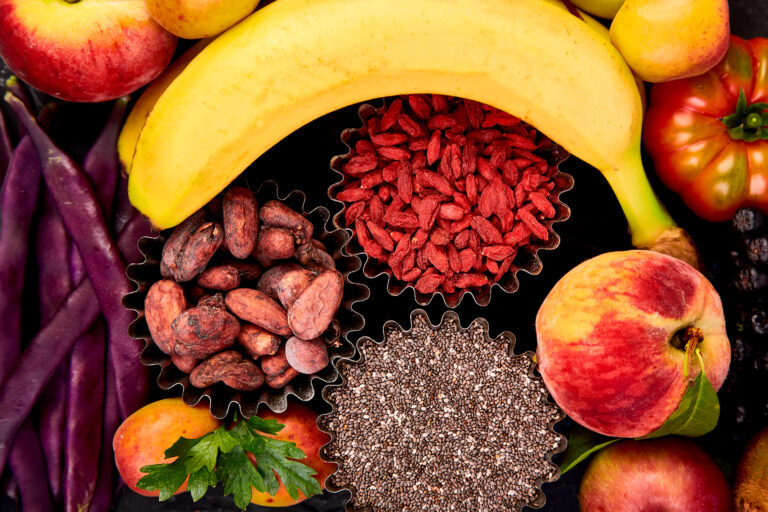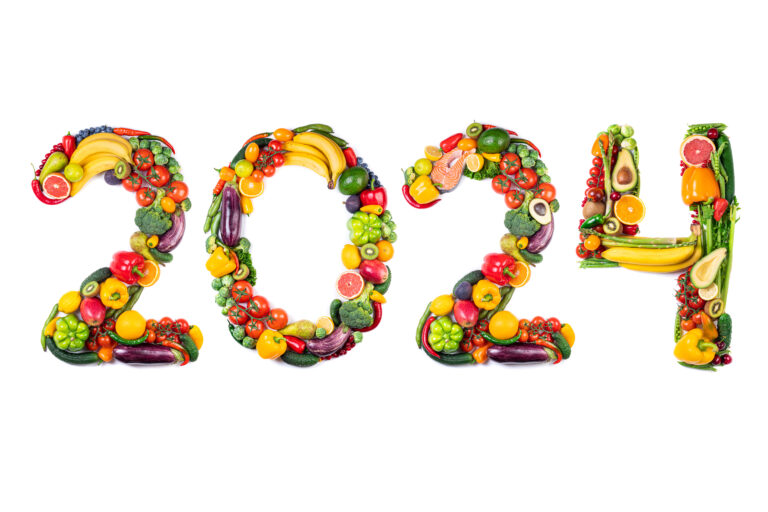Introduction
When trying to lose weight, they often have to decide which foods are best for them without sacrificing taste. Choosing healthy snacks for weight loss that satisfy needs without adding extra calories is essential for this goal. These foods are high in nutrients and give you long-lasting energy. They also keep you from getting hungry and help you reach your weight loss goals. To lose weight around the middle, it’s essential to know how to handle the snack aisle and make healthy choices for your lifestyle.
Understanding Snacks and Weight Loss
When looking into how eating affects weight loss, it’s essential to tell the difference between snacks high in nutrients and snacks high in calories. These are crucial things to think about:
Nutrient-Dense vs. Calorie-Dense:
Fruits, veggies, and whole grains are snacks that are high in nutrients. They provide vitamins, minerals, and fiber essential for keeping your body healthy. Snacks high in calories and often contain a lot of sugar and fat may taste good right away, but they make you gain weight.
Controlled Portions:
Snacking doesn’t always make you gain weight; the amount and how often you eat it usually makes a difference. You can stick to snacks that only come in one amount to avoid overeating.
Timing Matters:
When you eat, a snack can affect how well you lose weight. Eating snacks only when you’re starving and not because you’re bored or stressed out can help you control how many calories you eat.
Role of Protein:
Putting protein in your snacks can make you feel fuller, which could help you eat fewer calories overall. Greek yogurt, nuts, and lean foods are all good picks.
Healthy Fats:
Healthy fats in snacks, like olives or avocado, can help you feel full longer, making you less likely to want to snack again.
Sugar Watch:
Sugars meant to be healthy may be hidden in snacks sold as beneficial. Always read the nutrition facts sticker to see if any extra sugars could stop you from losing weight.
Keeping these things in mind will help you choose snacks that will help you lose weight instead of ones that will stop you.
Critical Factors in Choosing Healthy Snacks
When choosing snacks that can help you lose weight and improve your health, keep these essential things in mind:
Whole Food Ingredients:
Choose snacks mostly made of whole foods to ensure you eat them in their least prepared form.
Fiber Content:
Fiber-rich snacks, such as nuts, seeds, and whole grains, will help you feel fuller for longer, which will help you control your thirst.
Low Glycemic Index:
Pick snacks with a low glycemic index to stabilize your blood sugar and avoid the ups and downs that can make you overeat.
Minimal Processing:
More of a snack’s natural nutrients stay pure the less it has been prepared, which is good for your health and weight loss.
No Artificial Additives:
Avoid snacks with fake tastes, colors, or preservatives to reach your health goals.
Hydration:
People who think they are hungry are sometimes actually just thirsty. Snacks like oranges, cucumbers, or watermelon can help you stay hydrated.
By choosing snacks based on these critical factors, you can give your body the nutrients it needs without eating too many calories, making weight loss harder.
Macronutrients in Healthy Snacks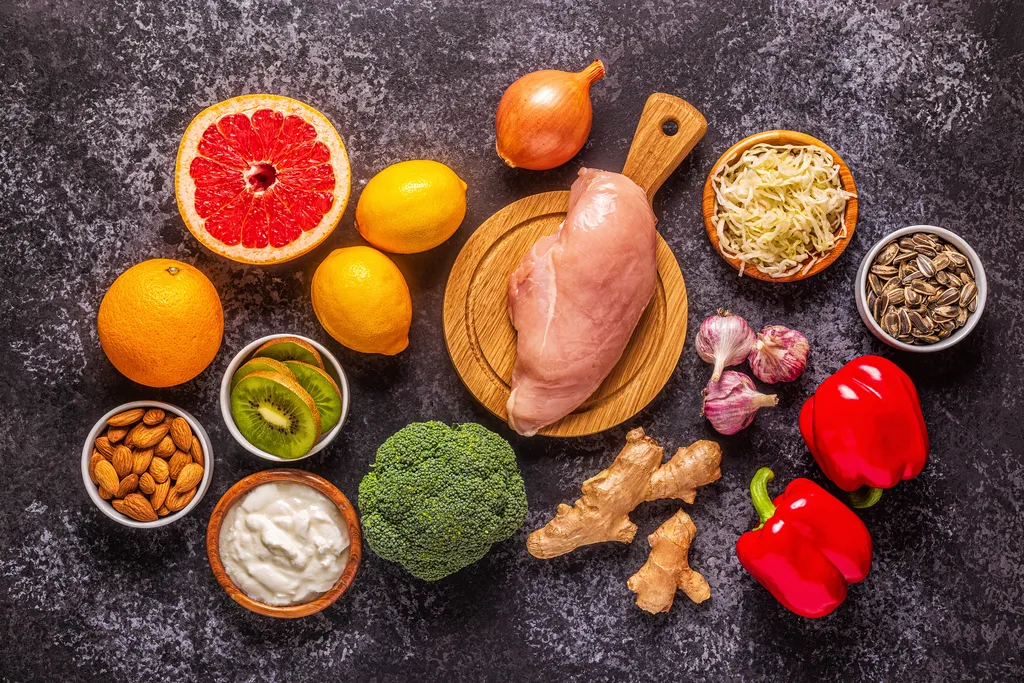
It’s just as important to know what proteins, fats, and carbs do as it is to choose the right snacks when trying to lose weight. Balanced snacks with these macronutrients can help your metabolism, maintain muscle mass, and control your hunger.
Protein:
High-protein snacks, like a handful of nuts or a slice of turkey, can help you feel complete and less likely to eat something unhealthy. Protein is essential for satisfaction and muscle repair.
Carbohydrates:
It’s not carbs that are bad for you; it’s the kind of carbs that do. Vegetables, fruits, and whole grains all contain complex carbohydrates that give you energy and fiber that helps your stomach and keeps you full.
Fats:
Healthy fats are essential for brain health, getting enough vitamins, and having energy over time. You can get these healthy fats from small amounts of foods like avocado, nuts, or seeds without giving up your weight loss goals.
By ensuring your snacks have the right amount of these macronutrients, you’ll be more likely to stick to your weight loss plan and avoid the problems of eating snacks that need to be balanced.
The Importance of Fiber and Hydration
It’s impossible to say enough about how important fiber and water are when picking snacks that help you lose weight. These two things are essential for keeping a good weight and making you feel full, which stops you from overeating.
Fiber-Rich Snacks:
Fiber is essential to a snack plan to help you lose weight. It can help you lose weight in the following ways:
Appetite Control:
Fiber soaks up water and makes the gut grow, making you feel less hungry later on and helping you eat fewer calories overall.
Digestive Health:
Getting enough fiber can help you have regular bowel movements, which is good for your health and can keep you from getting uncomfortable and bloating.
Blood Sugar Stabilization:
Snacks high in fiber slow down the breakdown of carbs and sugar intake. This keeps insulin levels from rising too quickly, which can make you feel more hungry and store fat.
Hydration-Focused Snacking:
For several reasons, staying hydrated is essential for weight loss:
Mistaking Thirst for Hunger:
People often mix up thirst and hunger, making them eat more calories than needed when a glass of water would have been enough.
Increased Metabolism:
There is proof that drinking water can briefly speed up your metabolism, which can help you burn more calories.
Zero-Calorie Filling:
Fruits and veggies are great snack choices because they are high in water and can help you feel full without adding extra calories.
Focusing on snacks high in fiber and helping you stay hydrated will help you reach your weight loss goals and improve your general health and well-being.
Snacking for Different Dietary Needs
Snacks can be changed to fit different dietary needs, whether someone is following a lifestyle choice or a specific dietary condition. Here are some detailed things to think about:
Gluten-Free Snacking:
Celiac illness and gluten sensitivity need gluten-free snacking. Natural, gluten-free foods include rice cakes, popcorn, and fruits. Pre-packaged snacks should be gluten-free to minimize cross-contamination.
Vegan and Vegetarian Snacks:
Vegan and vegetarian diets restrict animal products; thus, they need protein and vitamin B12 snacks. Excellent options include veggie hummus, nut butter on whole-grain bread, and fortified nutritional yeast.
Low-Carb or Keto-Friendly Options:
Ketogenic or low-carbohydrate dieters should choose snacks with high fat, moderate protein, and low carbohydrates. Cheese cubes, olives, and hard-boiled eggs fit here.
Dairy-Free Delights:
You must avoid milk-based foods if you have lactose intolerance or a dairy-free diet. Choose plant-based yogurt, shakes made with plant milk, or dark chocolate for a snack that will fill you up.
Snacks for Diabetics:
Carbohydrate diet and glucose index are essential for people with diabetes. Pairing snacks with protein, like nuts, cheese, or whole fruit, can help control blood sugar levels without changing the diet.
Heart-Healthy Snacking:
Snacks low in salt and heavy fats are great for keeping your heart healthy. Whole grains, fresh fruits, veggies, and raw nuts are all great for keeping your heart healthy.
Allergy-Conscious Choices:
If you have food allergies, stay away from snacks that have allergens or cross-contaminants in them. Some safe snacks are oatmeal, rice cakes, and snacks made at home, where you can control the ingredients.
People can ensure their snacking habits align with their health needs and living choices by thinking about these dietary needs. This will help them eat more healthily and maintain good general health.
Reading Nutrition Labels for Healthy Snacks for Weight Loss
You must read and understand the nutrition labels to make smart snack choices that fit your diet goals. When reading nutrition labels, here are some specific things to keep in mind:
Serving Size and Servings Per Container:
Check to see how many servings are in each bottle and what size amount it is. Remember that the nutrition facts are usually for a single dose, which may be a different size than the box.
Calories:
Take note of how many calories are in each amount. This is very important for managing your weight because eating more calories than you burn will make it harder to lose weight.
Macronutrients Breakdown:
Pay close attention to how much fat, protein, and carbs are in the food. Please look at how they balance and fit in with your daily food goals.
There was a problem with the creation. If it keeps happening, please try again or get in touch with help.
Homemade vs Store-Bought Snacks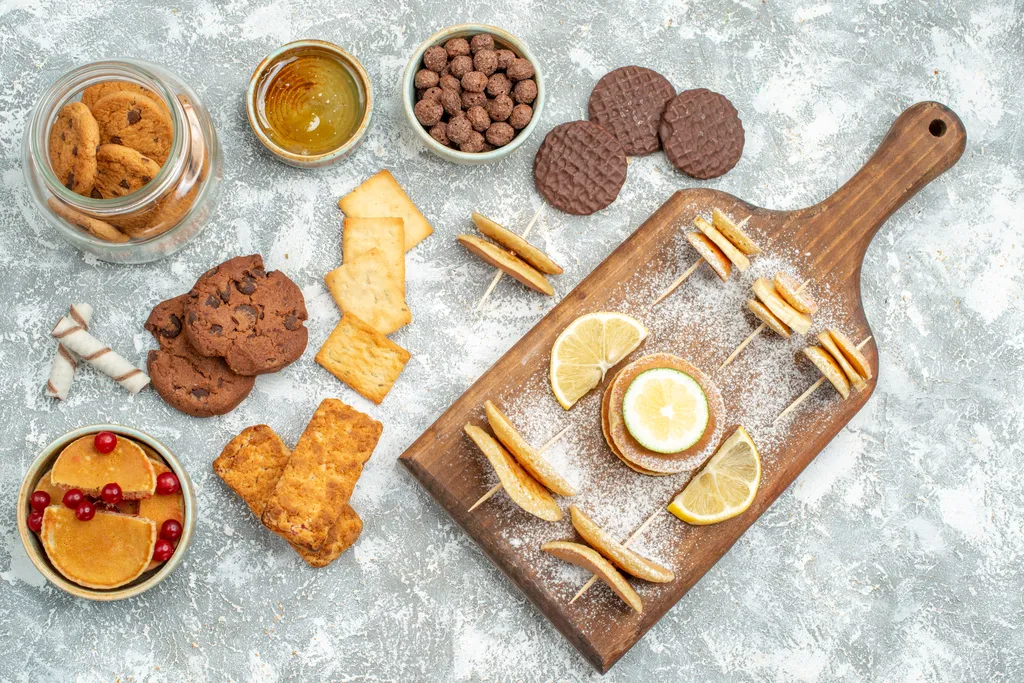
Picking store-bought or home-baked snacks can affect more than just your body. It can also affect your health and your budget. Here are specific things to think about for each choice:
Homemade Snacks:
Nutritional Control:
You can avoid added sugars, salts, and bad fats when you make snacks at home because you can see what goes into them.
Cost-Effectiveness:
Making snacks at home is usually cheaper than buying them already packaged at the store.
Freshness:
Snacks you make are often fresher because they don’t need additives to keep them fresh longer.
Portion Sizing:
You can control your food based on your health goals when making snacks.
Store-Bought Snacks:
Convenience:
Snacks that come already packaged are the most convenient because you can grab them and go.
Variety:
There are a lot of different store-bought snacks that people with different tastes and nutrition needs can eat.
Consistency:
Snacks from the store always have the same taste and feel, which can be very helpful for people with particular taste preferences.
Shelf-Life:
For more extended amounts of time, commercial snacks usually have chemicals that keep them from going rotten.
When you compare the pros and cons of homemade snacks to store-bought ones, you can make the best decisions for your lifestyle, health goals, and budget.
Timing of Snacks
Picking the right kind of food can be just as important as choosing the right time to eat it. Here are some things to think about when planning your day’s snacks:
Mid-Morning Energy Boost:
A snack in the middle of the morning can help keep blood sugar levels steady and keep you from losing energy before lunch. To stay full, choose something with protein and fiber.
Afternoon Pick-Me-Up:
Late in the afternoon, your metabolism starts to slow down. A snack at the right time can give you extra energy to get you through until dinner. Think about a small snack high in nutrients that won’t make you feel full.
Pre-Workout Fuel:
A snack 30 to 60 minutes or an hour before a workout can help you get the energy you need to do your best. Carbs and protein work together to help muscles heal and stay strong.
Post-Workout Recovery:
A snack after working out can help your body recover and give you more energy. For best results, you should eat it no more than 45 minutes before you work out.
Evening Snack:
For evening snacks, choose light foods that won’t make you feel too alert. Picking a low-sugar snack can help you stay asleep without getting too excited.
Strategic Snacking for Weight Management:
If you’re trying to keep your weight down or control it, eating a protein-rich snack between meals may help you feel less hungry and eat fewer calories at meals.
Snacking for Mindfulness:
Listen to your body and nibble only when hungry, not out of boredom or routine. Mindful eating can improve weight control and health.
Understanding and using these timing tactics will help you match snacking with the body’s natural cycles and daily demands.
Portion Sizes and Meal Planning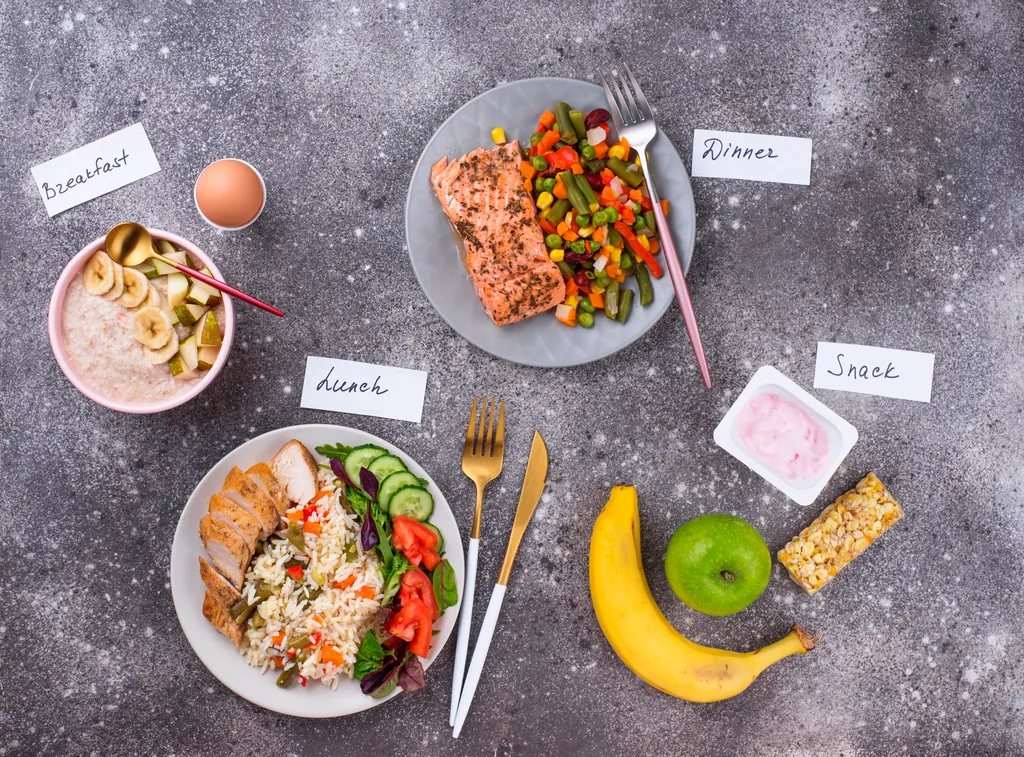
Adequate meal preparation helps meet dietary objectives and control portion sizes. For meal planning with suitable portion amounts, consider these:
Understanding Portion Sizes:
To avoid overeating, learn portion measurements and use cups, spoons, or a digital scale when serving meals.
Using Visual Cues:
Visual cues can help you determine how much something is when tools are unavailable. A serving of carbs should be the size of your hand, and a dish of meat should be about the size of a deck of cards.
Reading Recipes Carefully:
Pay attention to how many servings a recipe makes and change the amounts of ingredients to avoid accidentally overeating.
Planning Balanced Meals:
For a healthy diet, ensure each meal has a good mix of lean proteins, complex carbs, and healthy fats. Also, I eat a lot of different fruits and veggies.
Smart Storage Solutions:
Food and snacks that have already been measured should be kept in packages. This keeps people from mindlessly eating straight from more extensive packages and makes it easy to get just one helping.
Adjusting Intake for Activity Levels:
Think about how active you are each day and change the size of your portions to match. For example, people who move around less might need smaller amounts than people who do.
Avoiding Distractions During Meals:
If you don’t have a TV or phone nearby while you eat, you can focus on your food and the signs your body sends when it’s complete, which can help you avoid overeating.
Adapting Portions When Eating Out:
The amounts at restaurants are considerable. Order a starter as a main dish, share a meal, or ask for a takeout box at the start of the meal to split the dish right away.
By planning your meals around these ideas, you can better stick to a healthy diet, avoid overeating, and reach your health and fitness goals.
Healthy Snack Ideas
Picking the right snacks can make a huge difference in your health and energy levels all day. You might like these ideas for healthy snacks:
Fruits and Nut Butter: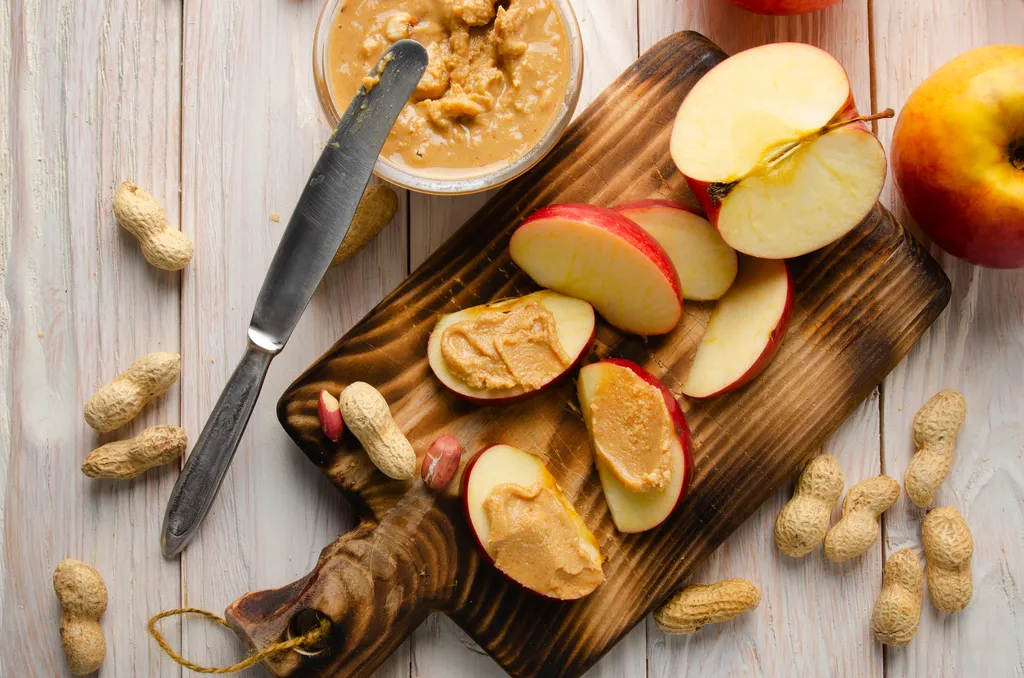
Apple Slices with Almond Butter:
A tasty mix of crunchy, sweet, and nutty foods high in fiber and healthy fats.
Banana with Peanut Butter:
Eating before a workout is great for getting extra protein and water.
Vegetables and Dip:
Carrot and Celery Sticks with Hummus:
A snack that makes you feel full for longer because it is high in protein and fiber.
Cherry Tomatoes with Guacamole:
Avocados are full of fats that are good for your heart, while tomatoes are low in calories.
Nuts and Seeds:
Mixed Nuts:
Nuts like almonds, walnuts, and peanuts are full of nutrients and help you keep your energy up.
Pumpkin Seeds:
A magnesium-rich choice that helps you relax and sleep.
Whole Grains:
Air-Popped Popcorn:
Healthy food made from whole grains that don’t have any added butter or salt.
Oatmeal with Berries:
Perfect for when you want something more filling, and the vitamins in the berries make it even better.
Protein-Packed Snacks:
Greek Yogurt with Honey and Cinnamon:
It has a lot of protein and bacteria that are good for your gut system.
Hard-Boiled Eggs:
Good protein and B vitamins in a small, easy-to-carry package.
Hydrating Snacks:
Cucumber Slices with Light Dressing:
Cucumbers are good for you because they are high in water and taste great.
Watermelon Cubes:
It is excellent for hot days because it keeps you hydrated and tastes good with few calories.
If you eat these healthy snacks, you can fill your hunger pangs with foods that are high in nutrients and good for your health and well-being.
Avoiding Common Snacking Pitfalls
When you snack, it’s simple to get into bad habits that could hurt your health. Here are some common mistakes people make when eating we can avoid:
Resisting Temptation from Processed Snacks: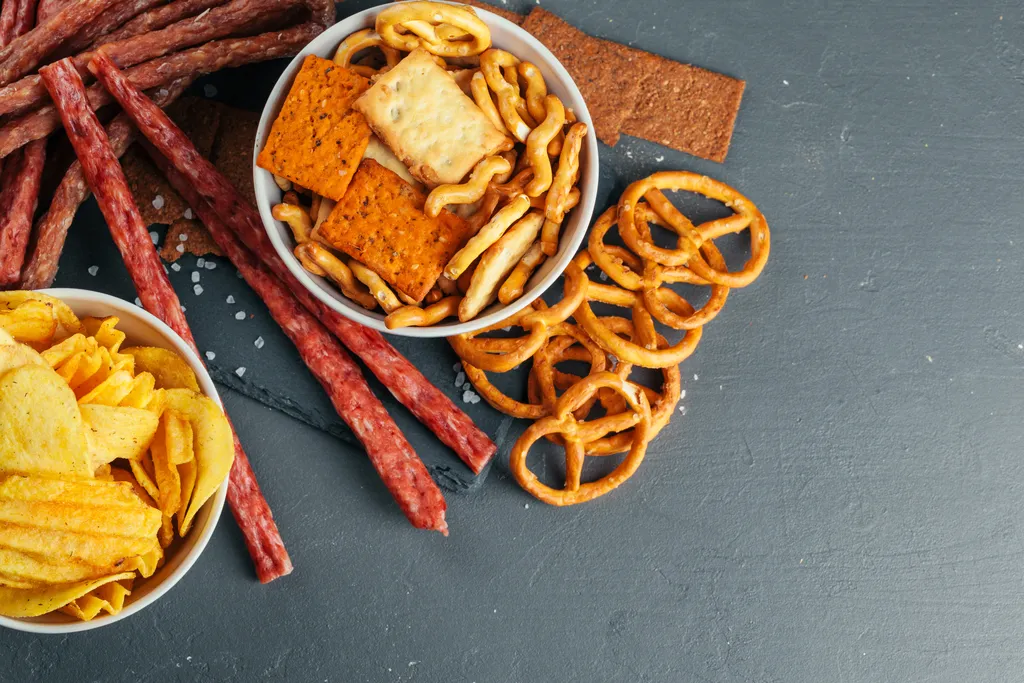
Avoid snacks that have been treated a lot because they are often high in sugar, salt, and fats that are bad for you. Keep whole food choices on hand to avoid giving in to the urge to eat something quick.
Controlling Portion Sizes:
To help you control how much you eat, serve snacks on small plates or bowls. Do not eat straight from the package because it can make you overeat.
Balancing Macronutrients:
Choose snacks with a good mix of carbs, fats, and proteins. This helps keep your energy level steady and prevents overeating later.
Being Mindful of Snacking Times:
To avoid overeating, time your snacks with your body’s hunger signals instead of mental ones, like worry or boredom.
Choosing Hydrating Options:
We sometimes think we are hungry when we are thirsty. Drink a glass of water before you snack to ensure you’re starving.
Preparing Snacks in Advance:
If you want to avoid eating bad foods when you’re hungry and short on time, make healthy snacks ahead of time.
If you remember these tips, you can snack as part of a healthy, well-balanced diet without becoming a bad habit.
Combining Snacks with Physical Activity
Adding snacks to your workout routine is a great way to get more energy and speed healing. When planning your workouts, keep these things in mind:
Pre-Workout Fuel:
Timing Your Snack:
A healthy lunch 30 to 60 minutes before working out will give your body the energy it needs without making it hurt during the workout.
Carb-Protein Combo:
A breakfast with carbs and protein can give you quick energy and help your muscles work better. One idea is to put a slice of turkey on whole-grain toast.
Post-Workout Recovery:
Replenishing Energy Stores:
Eat snacks to help your body rebuild muscles and restore energy stores. After a workout, Greek yogurt with fruit is a great choice.
Hydration and Electrolytes:
When you do things that make you sweat, you need to refill the fluids you lose. A salty, protein-rich food like a handful of trail mix can work well with coconut water.
If you plan your snacks carefully, you can get more energy for your workouts and help your body repair afterwards, which will help you reach your health and fitness goals overall.
Adapting Snacks to Changing Weight Loss Goals
It can be challenging to lose weight. Your food needs will change as your body changes or hits a stall. Changing your snacks based on your new weight loss goals can help you stay on track and avoid stopping your progress. Here are some methods for adapting:
Caloric Adjustment:
Reducing Snack Caloric Density:
Your body may need fewer calories as you lose weight. To help you keep your calorie balance, choose snacks lower in calories, like air-popped popcorn or fresh veggie sticks.
Increasing Protein Intake:
Adding more protein to snacks can help you feel full and keep your muscles in good shape. Lean proteins, like Greek yogurt or a small handful of nuts, can help you control your hunger and keep your lean body mass.
Snacking for Metabolic Advantage:
Fiber-Rich Snacks:
Fiber is suitable for your gut system and can help you feel full, which can help you control your weight. For snacks, pick foods high in fiber, like rice salad or berries with almond butter.
Thermogenic Foods:
Some foods, like chili peppers, green tea, and other spices, may have a warming effect that makes you burn a few extra calories. This benefit can be used by snacking on hot homemade salsa or drinking green tea between meals.
Mindful Eating Practices:
Slow and Attentive Snacking:
When you eat slowly and without distractions, your body can better tell when it’s complete, which keeps you from overeating. When you eat your snacks, try to be aware and enjoy each bite while checking in with your hunger.
Snack Logging:
Writing down what you eat can help you figure out how you usually eat and help you choose healthier snacks and eat less if necessary.
You can keep making progress toward your health and fitness goals by changing the snacks you eat to fit the stage of your weight loss journey you are in now.
Conclusion
In conclusion, choosing healthy snacks for weight loss is an art that combines pleasure and health. We may make eating a positive part of our daily routine by choosing healthy snacks, controlling portions, and aligning snacks with our fitness and weight objectives. Effective snacking involves what, how, and when we consume. With careful planning, we may use snacking to boost energy, nutrition, and well-being. Enjoy snacking to nourish your body and live a better lifestyle.
Frequently Asked Questions (FAQs)
Q1: How can I tell if I’m snacking because I’m hungry or bored?
Physical hunger builds up over time and is met by food. Often, physical signs of hunger, like a growling stomach or low energy, go along with it.
Q2: Are “fat-free” or “low-fat” snacks always healthier?
Things that say “fat-free” or “low-fat” may have a lot of sugar or other additives. Always look at the whole nutrition facts label, paying particular attention to the number of calories and sugars.
Q3: What are good snack options for late-night cravings?
To avoid getting too excited right before bed, choose snacks low in sugar and high in protein or fiber. A piece of turkey, a small bowl of Greek yogurt, or a handful of nuts are good examples.
Q4: How can I prevent overeating during snack time?
Making snack portions ahead of time is an excellent way to make sure you don’t overeat. Mindful eating, in which you pay attention to the tastes and textures of your food, can also help you figure out when you’re full.
Q5: Can snacking be part of a weight loss plan?
Yes, eating can help you lose weight if you do it correctly. You should pick snacks that make you feel full, are high in nutrients, and don’t exceed your daily calorie limit.

